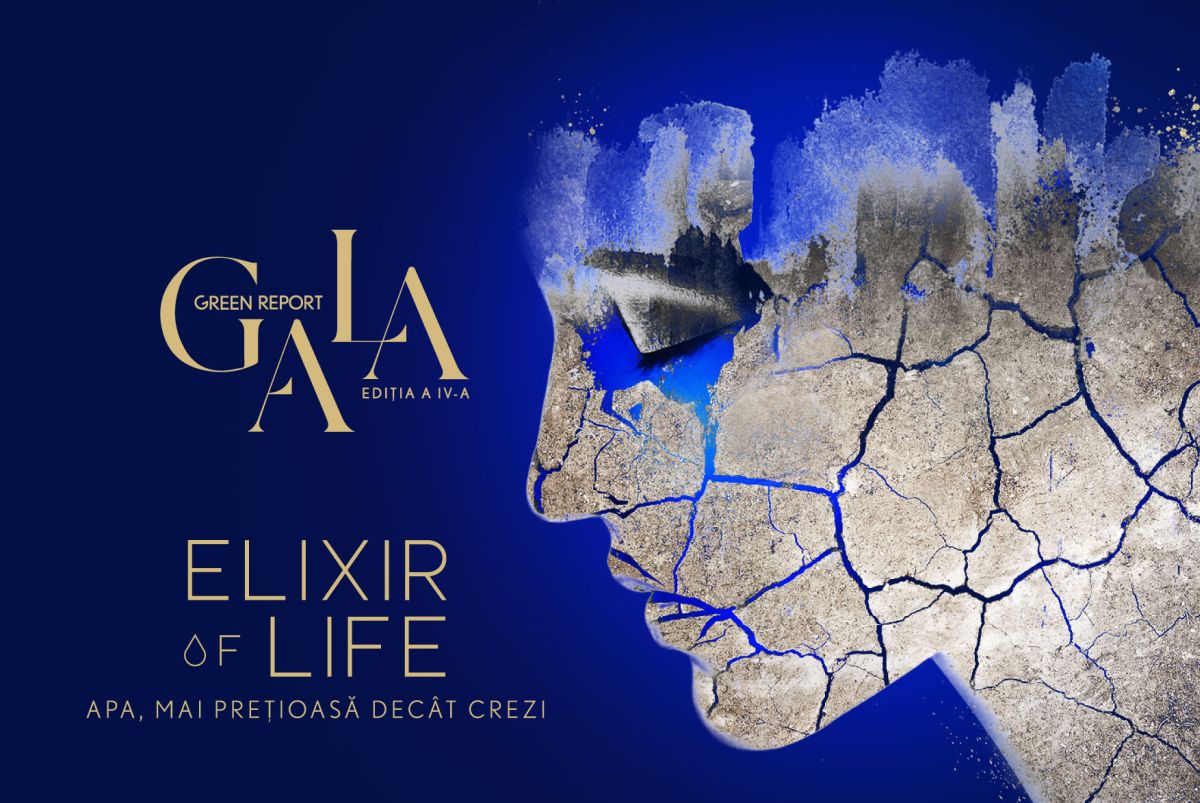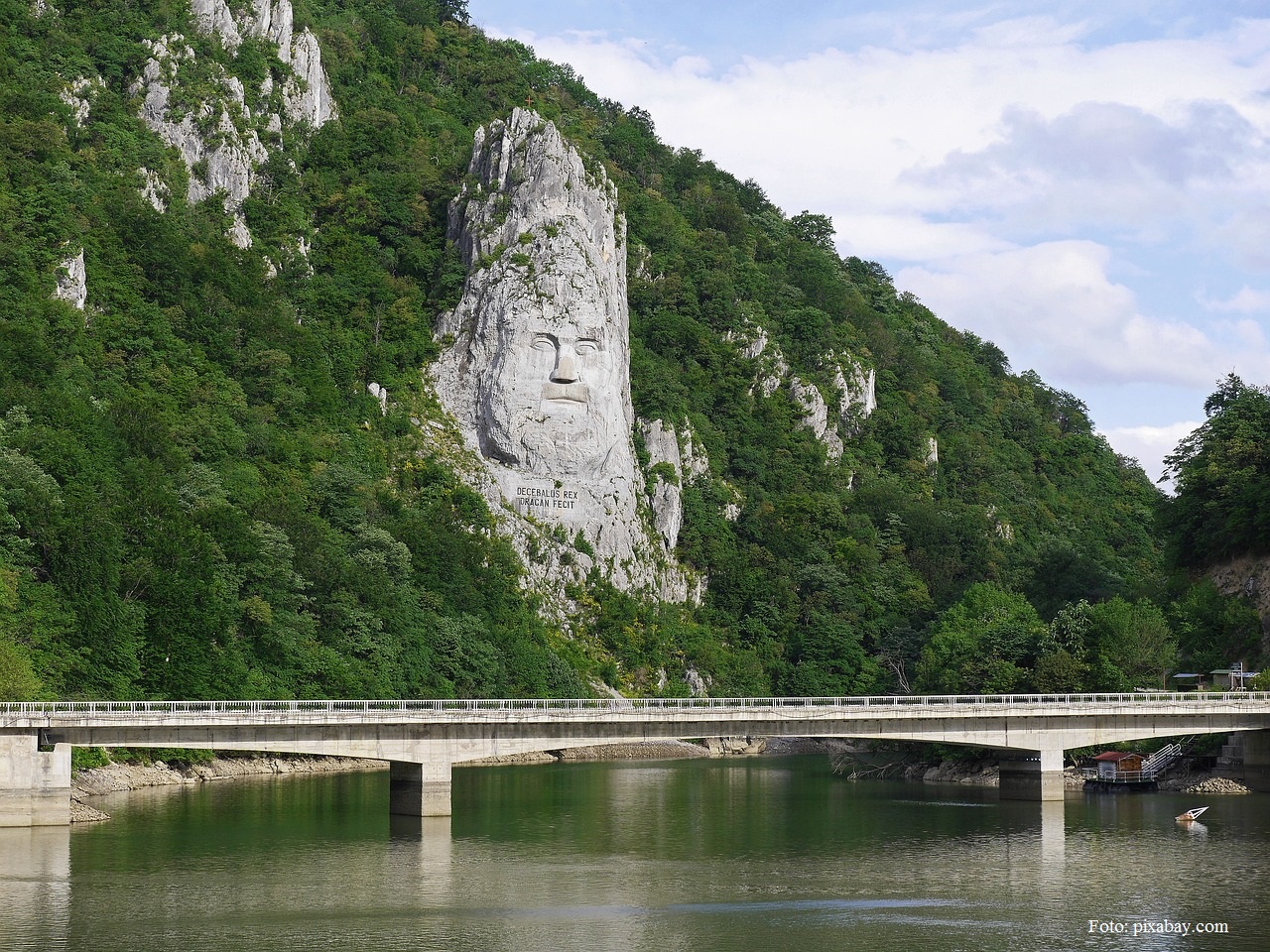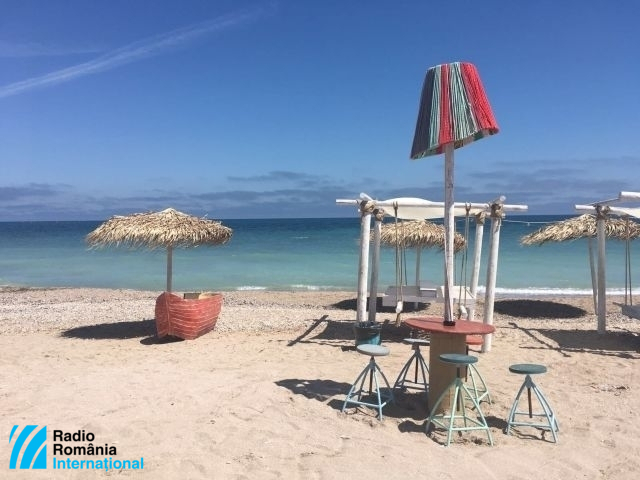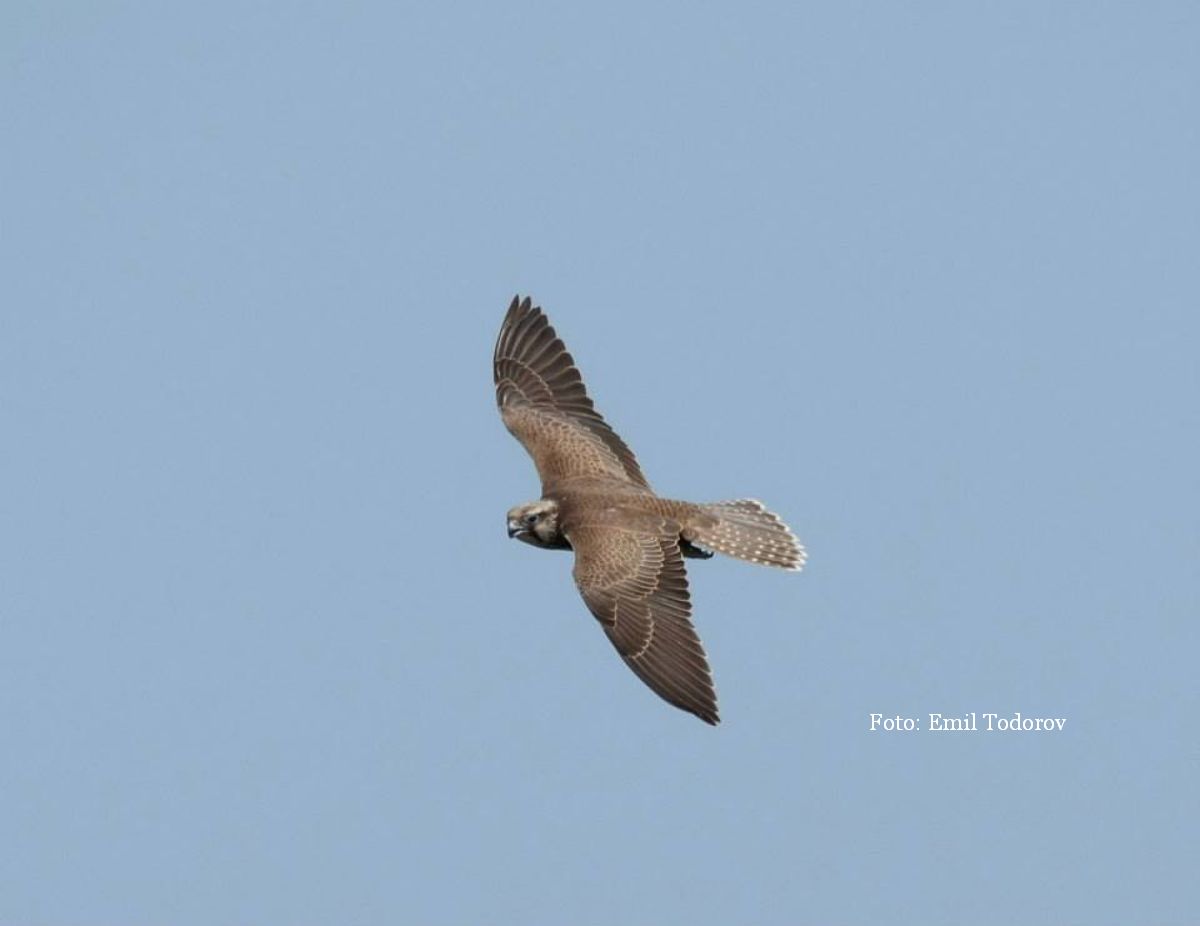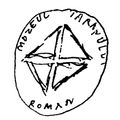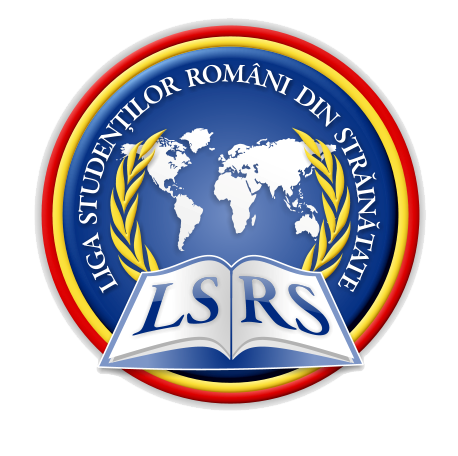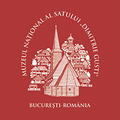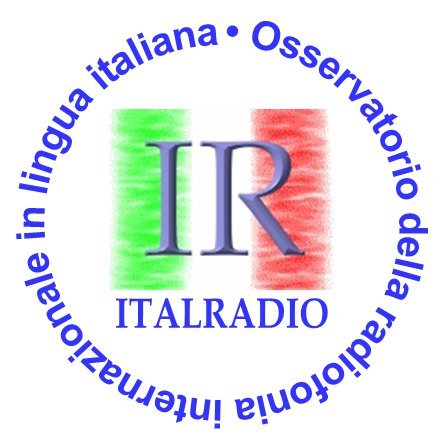Protection of Birds in Romania
Romania boasts over 400 species of birds at present
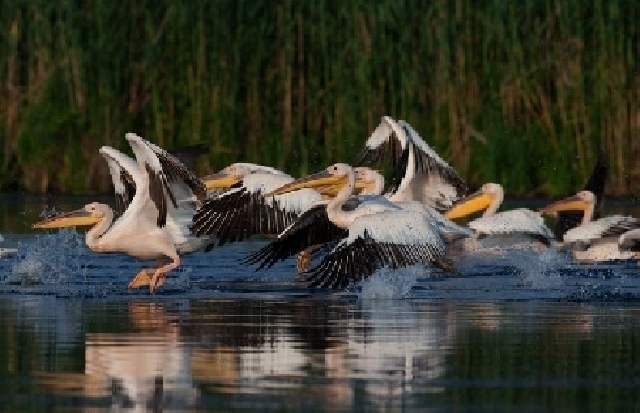
România Internațional, 24.04.2015, 13:06
Some are these birds sedentary, some only nest here, others winter here, but there are also transitory species, which stop over in autumn and spring. Over 80% of these birds live in the Danube Delta, many of them migratory. For instance, the zagan, or bearded eagle, could be found all over the Carpathian Mountains.
Dropia, a species similar to a bustard, the largest flying bird in the world, populated the plains in the south of the country, but it was hunted to extinction. Even so, Romania is a bird rich country, according to Ovidiu Bufnila, spokesperson for the Romanian Ornithological Society:
Ovidiu Bufnila: “As opposed to other countries, we are doing well in terms of birds. I believe that one species that everyone knows is the crane. There was a time when cranes avoided Romania, but we can say that this year the country has become an important route for this bird. We have had many sightings of cranes. If 73 cranes was a lot, in the past it was something common. In Dobrogea we had a lot of cranes coming this time of the year. They rest on the shores of lakes, they feed, and then they move on to Sweden, to northern Europe. We have birds that western countries are gradually losing. For instance, there is a species of sparrow that can only be seen in three places in London right now, because the development of the city wiped them out. They actually have paid tours, with guides, to see these birds. If we are talking about emblematic birds, Romania has a mountain eagle on its coat of arms, which is the most aggressive daylight predator of Europe. It sometimes even hunts the young of deer or mountain goat. And, since it is spring, now we can enjoy birds of multicolored plumage.”
The disappearance and degradation of habitats is a threat to bird species all over the world, just as excessive hunting is. Two months ago, the Chamber of Deputies passed a bill to amend the law regulating hunting. The changes, however, upset ornithologists, because the law allows hunting on private property without the consent of the owner, and the period during which the hunting of birds is allowed was increased by up to three months:
Ovidiu Bufnila: “There are species of birds that get hunted. What we have complained about in relation to this new law of hunting is that it wants to extend the hunting season for five species of birds, among them the wild geese, who come to winter in Romania. The EU has a specific season for hunting. If we extend this season, we get into the pre-mating season, which is why the EU doesn’t allow hunting during this time. If we violate this provision, we risk another infringement procedure from the EU. That has happened once before, in 2010, when Parliament rejected the bill extending the hunting season.”
Ornithologists also contest the big quotas established by the new Hunting Law, quotas which exceed the number of birds Romania has.
Ovidiu Bufnila: “I will give you one example: the bean goose. In Romania there are between 10 and 100 such birds. But the hunting quota for this bird has been set at 27 thousand. Which means that this species is used as an umbrella. When the hunting period for the summer goose or other goose species ends, they will extend the hunting period for the bean goose. So hunters can hunt any other species of goose and say they actually hunted bean geese. And this affects us. Because this species risks becoming extinct. If we still have 100 bean geese, just imagine what will happen when the hunting period is extended”.
In spring Romania becomes home to songbirds as well. The thrush arrives in early March and sings especially at sunset. From the south of Africa comes the nightingale, which nests in groves and forests. The skylark is the smallest bird of interest to hunters in Romania, it sings at dawn in cultivated or uncultivated fields. Songbirds are also affected by the new law, which allows hunting of skylarks, Romania being among the last countries in the EU that still allows hunting of skylarks says Ovidiu Bufnila.
Ovidiu Bufnila: “We have been sadly witnessing a surge in hunting tourism. There are agencies that promise hunters to provide them with all necessary equipment, and when it comes to birds there are two types of hunting practiced by the Italian and Lebanese tourists. They hunt mainly geese and ducks in winter, in the marshes and along the Danube River, while in autumn they hunt skylarks. Romanians don’t hunt skylarks but for Italians this bird has become a genuine viand. For the famous skylark tongue spread, they kill hundreds, thousands or tens of thousands of birds. We don’t like losing our birds. Italian hunters simply massacre all songbirds. They don’t pay attention to the exact species they want to hunt, they even kill titmice and other birds that are not on the list of birds that can be hunted. “
The hunting and fauna protection law was sent back to Parliament for re-examination after a coalition of 16 NGOs, among which the Romanian Ornithological Society, addressed the Romanian President, Klaus Iohannis, an open letter in which they expressly asked him not to promulgate such a law.

